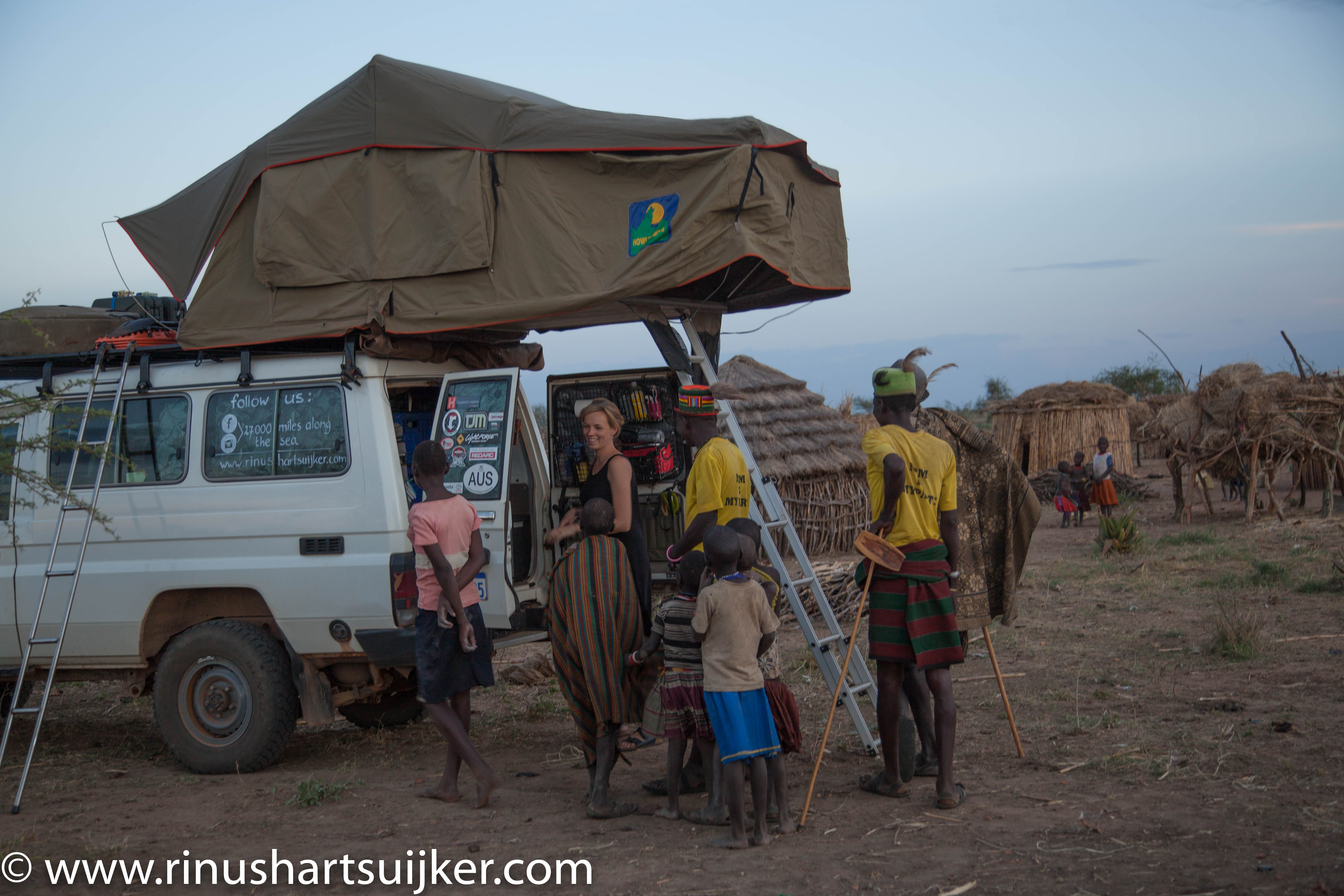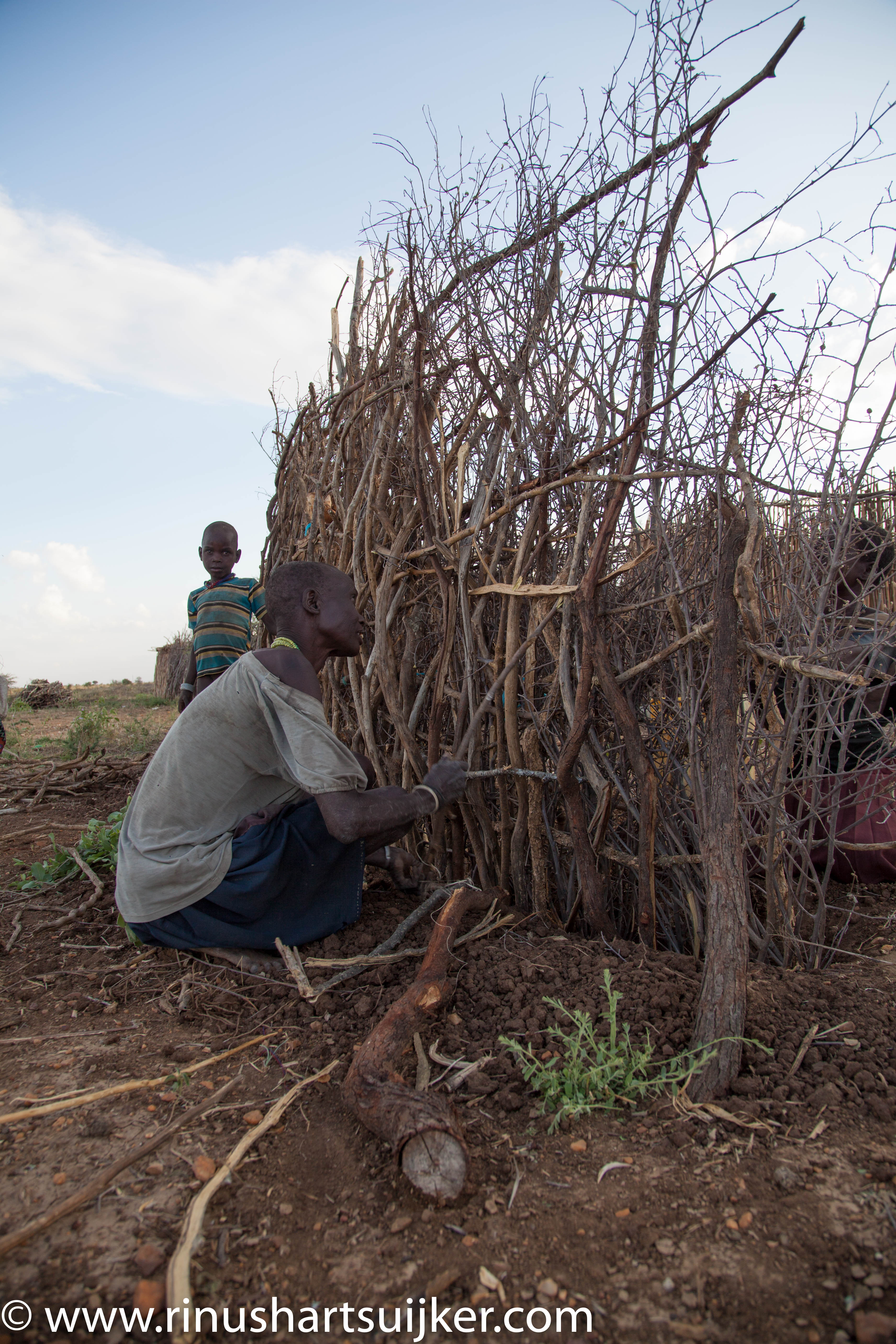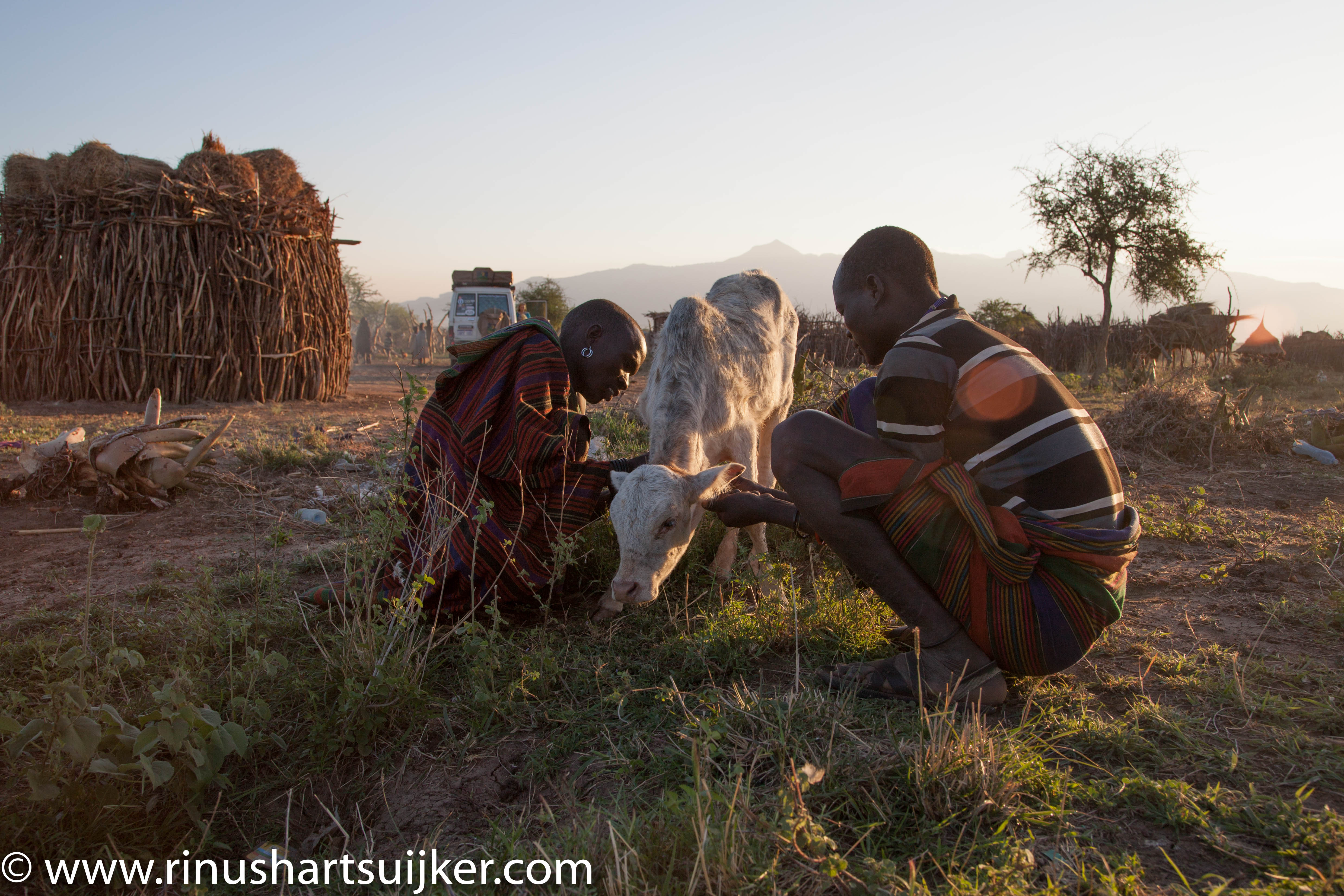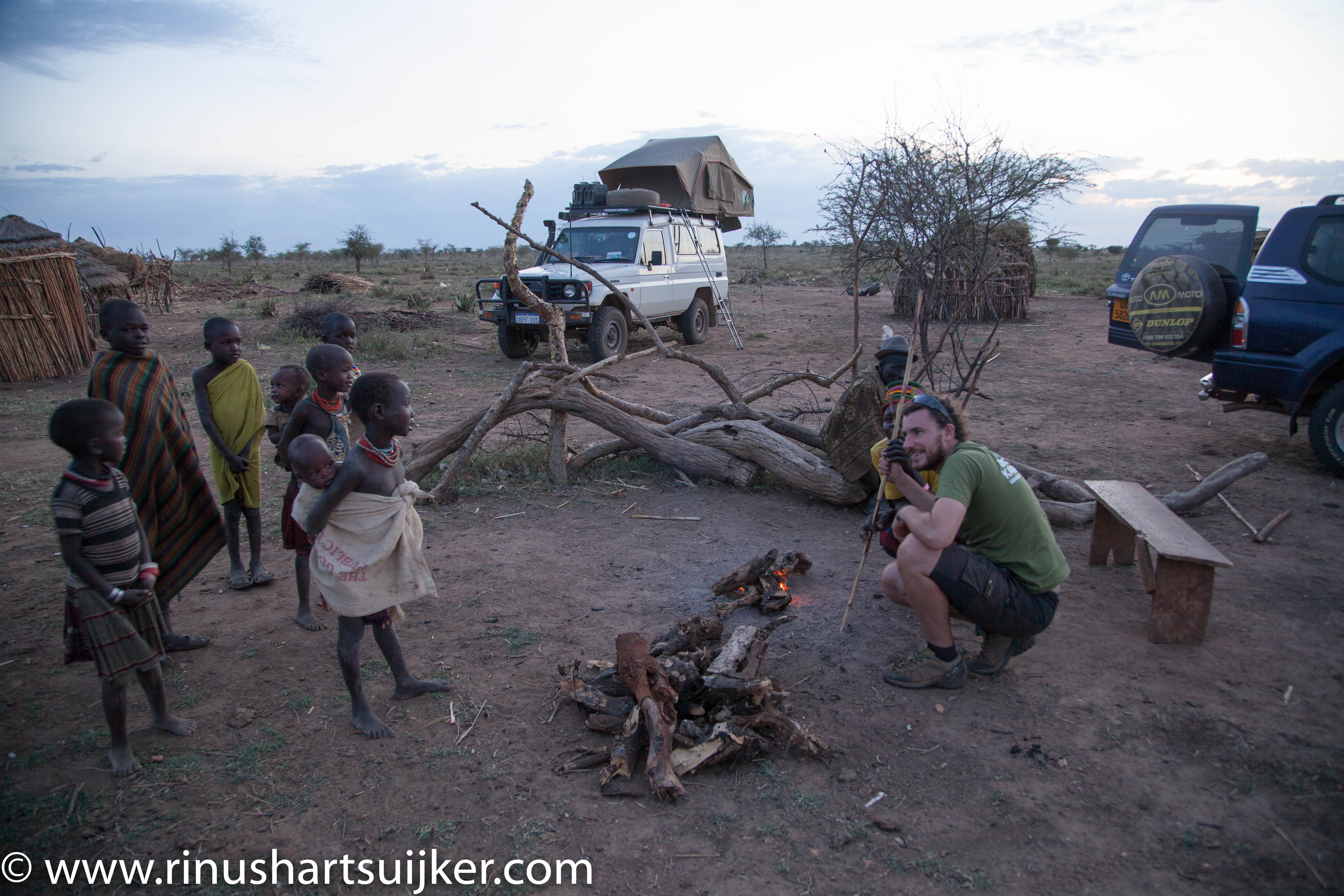Karamoja: Dusty faces, amazing places
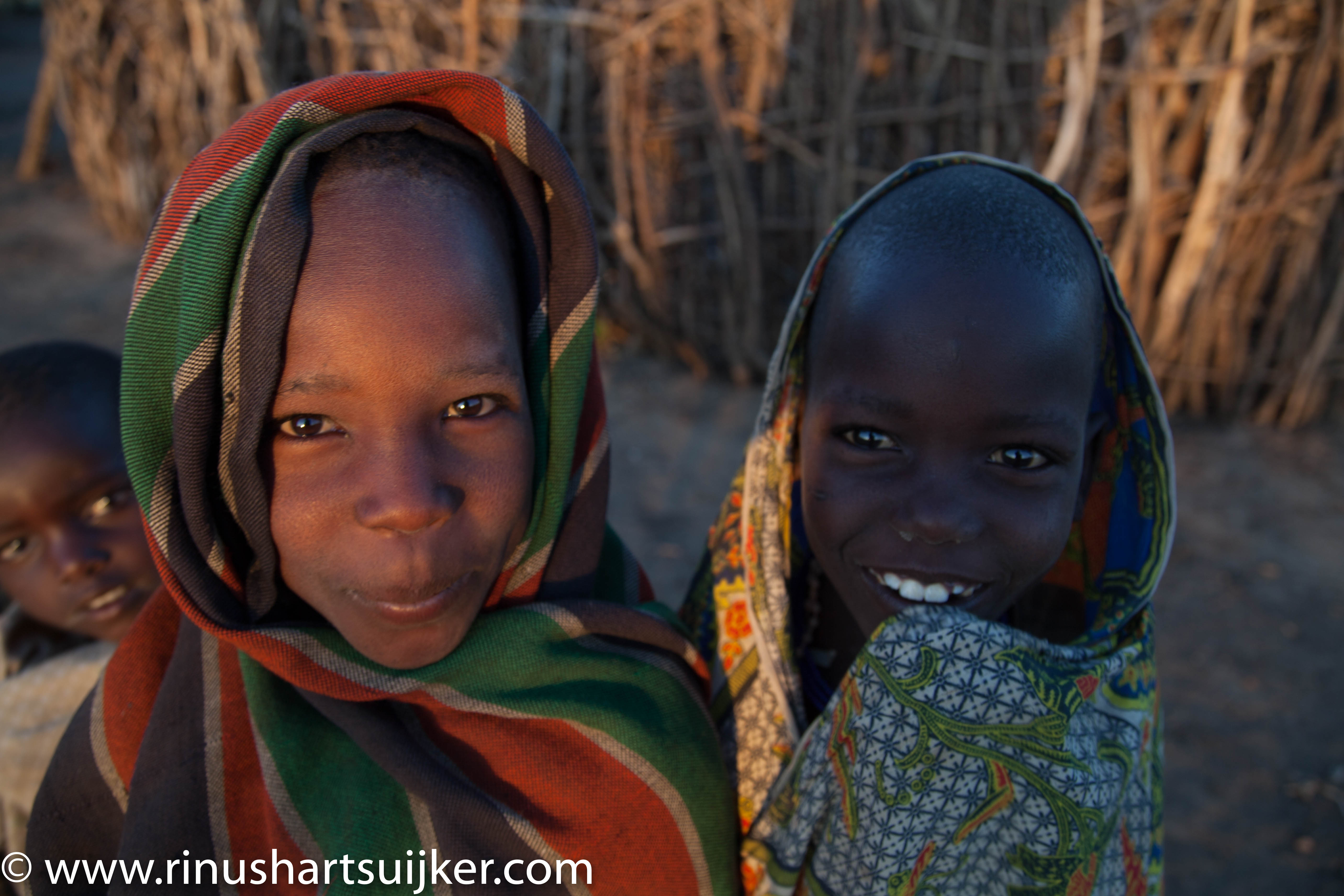
Moroto is like the dot on the i, it’s not entirely necessary, but it does make a difference and finishes it up nicely. That book on the shelf, with its off-putting cover, it’s been there for years, but you can’t really put yourself to read it. Then comes the day you finally do, you take that book, you forget about the cover, turn the first page and start reading. Before you know it you’re being sucked in by the story. You inhale the letters like it’s the last oxygen on earth. Consciously and full of life. Different and tasteful. That is Moroto. The journey to it is out of the way. The roads are bad and under development, which almost makes it worse. One moment there is perfect tarmac, while the other you are launched out of your seat by giant road bumps or violently shaken apart by a multitude of potholes.
But the journey is worth it. At the end of that road is a small village, that looks abandoned but also lively. It’s a village that connects the modern world to its original African roots. It’s where the people don’t know any other way than the nomadic way of life; keeping cattle, building a new village every ten years on a different spot and bearing as many daughters as you can (since they will make a good bride price). This is where the village elders decide whether their offspring go to school or if they stay true to their nomadic roots.
What we find in Moroto is a mixture: traditional clothes, but armed with a Nokia, piled up crates of beer and CocaCola, but on the back of an oxcart, a suit, but worn over Maasai sandals made out of car tyres.
We are warmly welcomed by the team from Kara-Tunga. It’s a small tour operator that tries to promote the Karamoja area with tourists. The guys who work for Kara-Tunga as tourleaders have their roots with one of the Karamojong tribes in the surroundings of Moroto.
Sunday 11 december
Still drowsy from sleep we find our way out of the rooftop tent. Battered and worn out from the battle we had to fight last night. The itchy welts are an angry red against our white, slightly tinted skin. With our torches we tried to minimize the damage, but the tent must have looked like a discotheque when we chased the mosquitos and killed them one by one.
It’s way too early for us, but a strong cup of coffee helps a little bit. Our guide arrives an hour later than we had discussed the day before; it’s African time. We’re kind of used to it by now and we even find ourselves behaving like this sometimes. Still, we try not to show our frustration too much, because in this particular case we could’ve used an extra hour of sleep.
With our guide Peter, who grew up in one of the surrounding villages until he was send to school when he was 12 years old, we drive off. He sits in the car like a prince, with his nose almost agains the front windscreen. He’s wearing a bright orange t-shirt with the Kara-Tunga logo and a traditional hat and necklace, it suits him. He leads us off the main road and a narrow track leads us to the entrance of the village.
The village is a small settlement made out of local materials. Already at the entrance we are amazed at how it is all constructed. The “walls” that are erected around the village are about 60 cm thick and made out of twined branches, on the inside they are supported by beams which are put in the ground every three meters. This way, the wall can withstand a whole lot of force coming from the outside. The branches are carefully twined and it is impossible to penetrate this structure and get into the village without decent tools. The entrance to the village is the size of the entrance of a large igloo; we have to stoop down to get through. When we get through we have to walk around a very large spiny bush. Peter tells us that at night, this bush is pulled into the entrance. The entrance acts like a funnel and the spiny bush gets pushed together by it. The sharp spines make sure that no one even thinks of entering the village at night. Simple, but effective. They also put steel plates and pieces of tin right behind the entrance, if someone tries to get in, it will not go unheard.
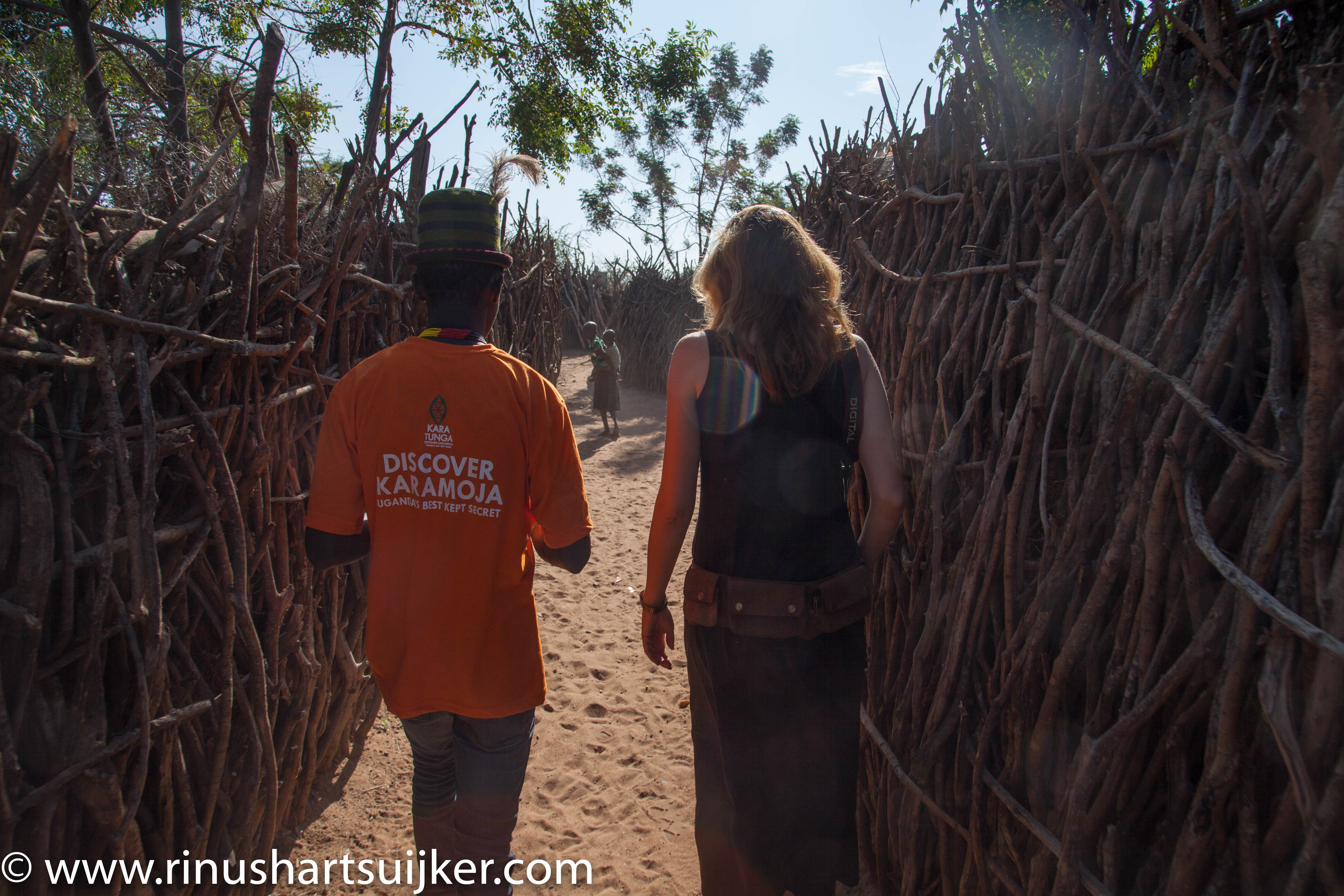
Especially since we arrive with Peter as an escort we are being warmly welcomed by the village. He clearly feels at home and easily walks us through the maize of alleys. The whole structure reminds me of a beehive: cells within a larger cell. Areas within the confines of the thick wall, separated from each other by a thinner wall than the one on the outside. The entrance is always a narrow and low gate. Children are running through it with no great difficulty, but we have to stoop low to access the family compound. The different compounds almost always look the same: one, two or three huts, a kitchen area, a place for water and food storage.
The occupancy of the compounds doesn’t vary a whole lot: children, ranging from 0 till 15, a dog, chickens, ducks, sometimes goats, sheep and cows. These are usually taken in at night and shepherded out in the morning.
After we’ve been walking around for a little while we notice a group of young people gathering in the middle of the village. With their feet they stamp on the dusty soil and we start to hear a rhythm, which is really catchy. It finds its way through the dust, to the other huts, children and under your skin. The first symptoms show when you don’t even realize that you’re tapping, nodding or clapping on the beat.
The whole village seems to be called by the rhythm and gathers around us while the group of people in the middle starts their dance.
One of the elders with a fair bit of charisma and an impressive voice is clearly the motivator. His energetic hip movements and rhythm are catching. The amount of dancers are multiplying and before I know it I’m also dancing and shouting in an unfamiliar language.
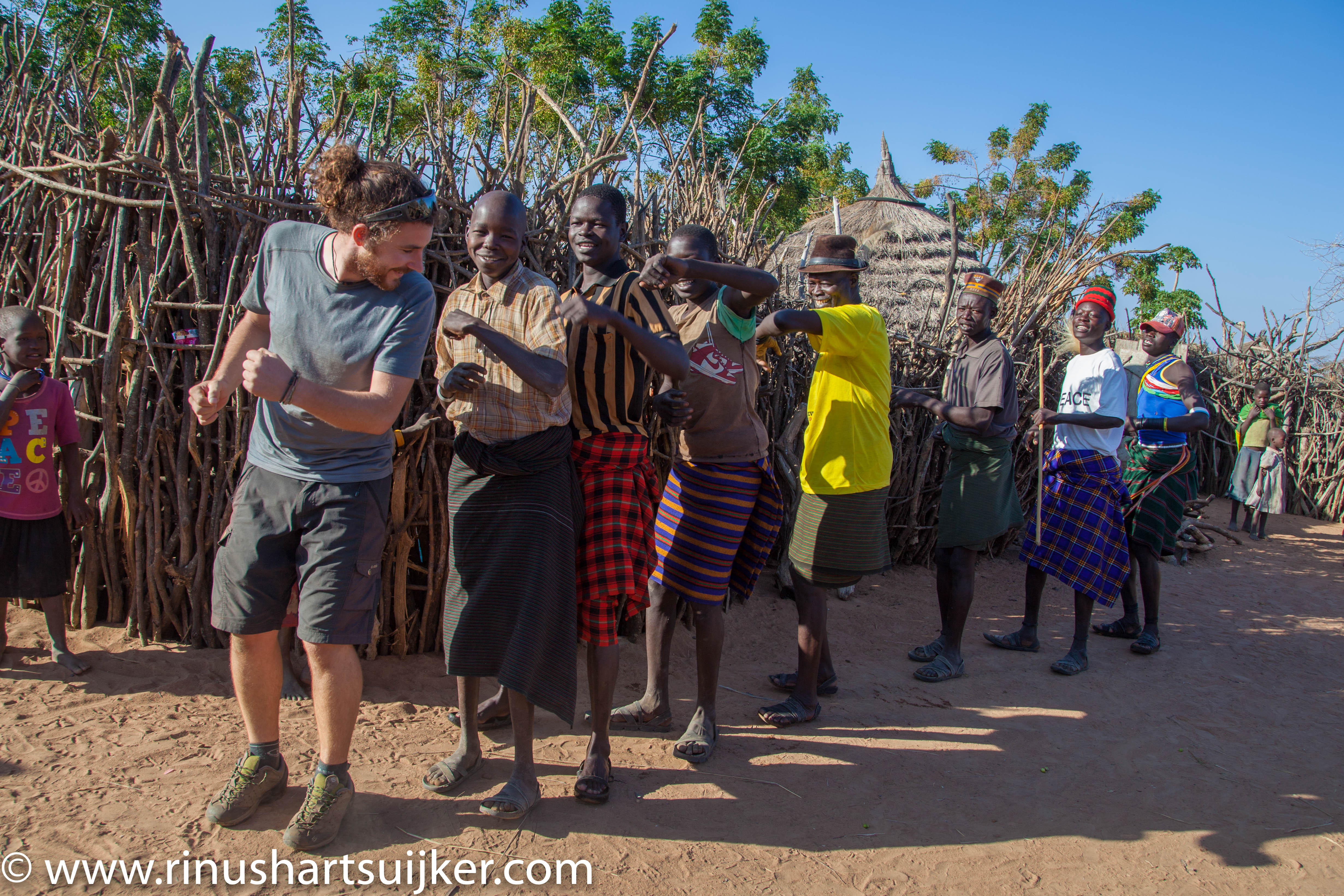
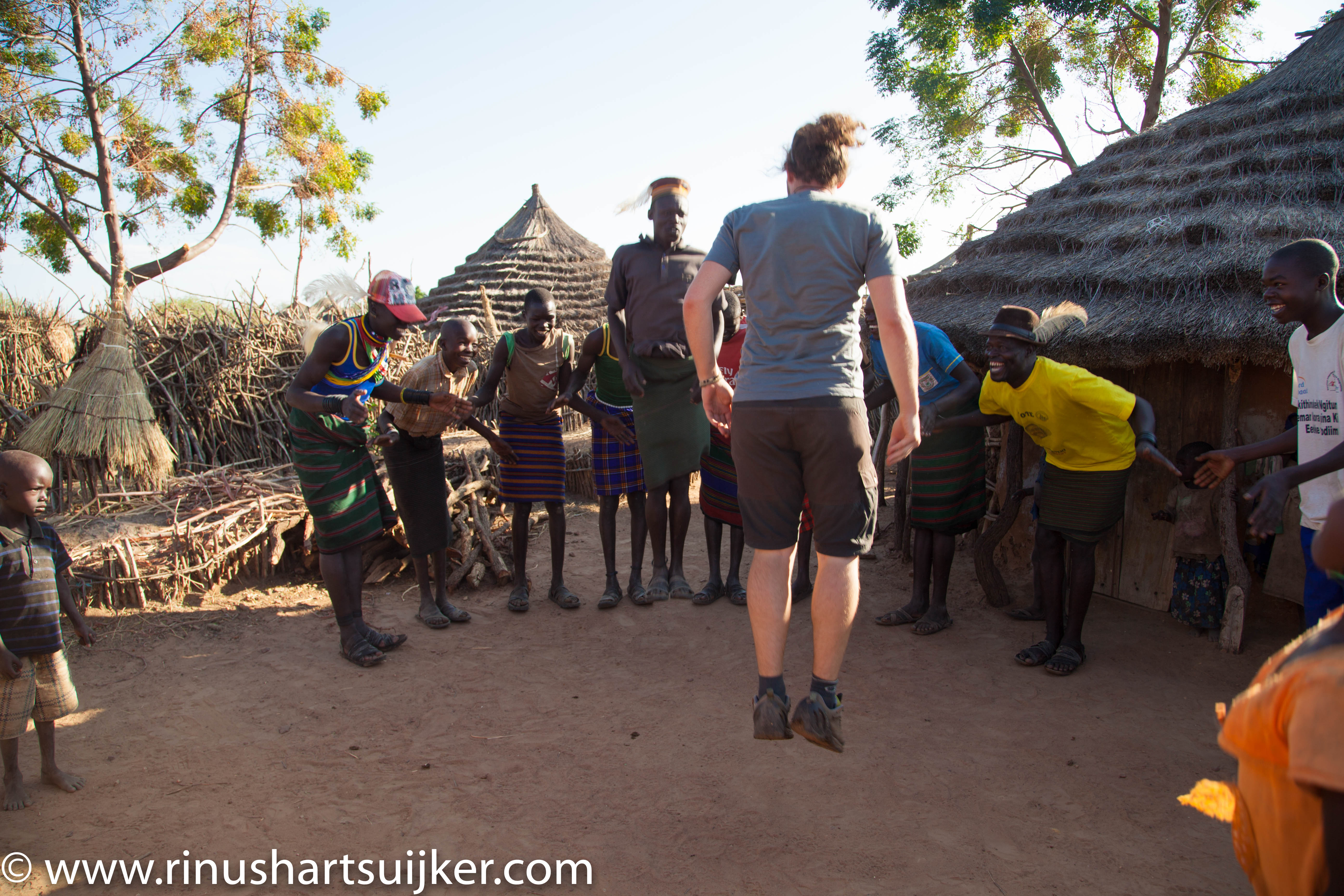
When the dancing has finished and we look around is, we see that the entire village has turned up. We ask one of the village elders and the charismatic dancer to tell us a story about life in the village. They tell us two wonderful stories that we will write down separately.
Peter finds his way out of the village and we follow him. As soon as we have left we can feel the tiredness from the lack of sleep wash over us. The village for us was like a bath of energy, you fall in and you’re being carried away through warmth, love, simple passion and energy. Overenthusiastic children who grab your hand and take you into their world with their sparkling eyes where the mother of pearl colored whites stand out against their dark skin. The dusty faces, snotty noses who walk with their brothers and sisters on their backs. Hands and feet rough with calluses, but warm and full of love, friendship and honesty. Hands that run through the coarse hairs of a young calf to remove unwanted ticks, hands that run through the soft hairs of a newborn daughter, hands that take a hold of home made tools and that start on a long day from sunrise to sunset. I look at my own hands and see the soft skin, clean finger nails and knuckles with tiny, almost invisible, scars. They are the same hands, but so different. 33 years of age, but protected and defined by comfort.
Peter takes us back to Kara-Tunga. We take along one of the village elders, in his best suit, to Moroto. It’s quiet in the car, at the moment we are all in our own little worlds.
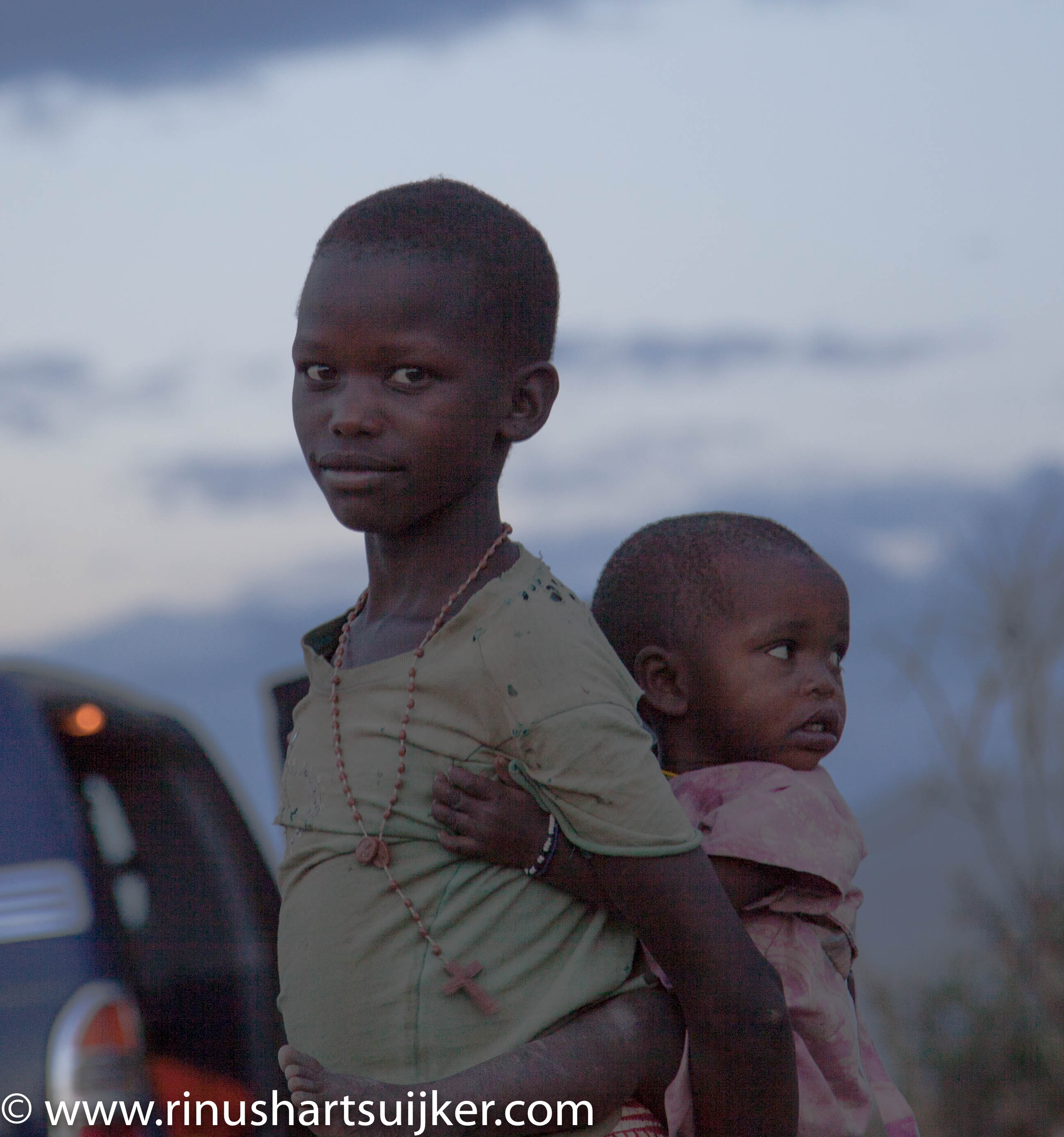
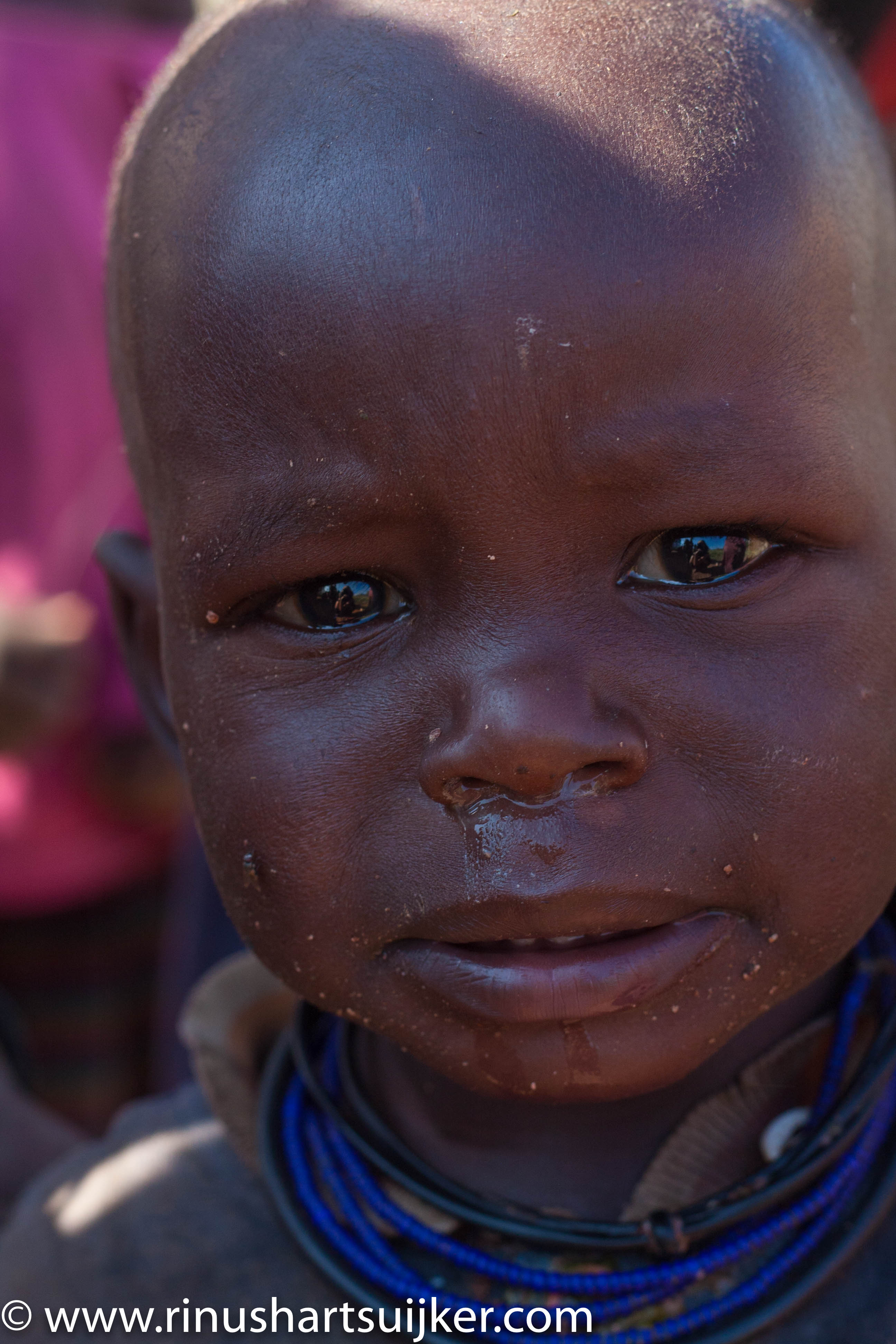
The Kraal
By the end of the afternoon we leave for another village. Peter climbs into our car again and leads us out of Moroto and onto a long dusty track. All of a sudden he shouts: “Stop! We passed the exit!” I look at him rather doubtful. “ But Peter, we didn’t pass any roads..”. Well, we have to go back he informs us. When we reach a large tree he says: “ Look, here it is.” A very narrow track where clearly only cattle walked recently leads us into the bush.
We take the turn and follow the cattle track which is just wide enough for the car. After 2 kilometers we reach some huts that are almost not visible because they have the same colors as their surroundings. A Kraal, a temporary settlement, Peter explains. We are warmly welcomed just like the other village before.
We park our car in the middle of the village while everyone watches us with curiosity while we set up camp. The campfire is lit and the men return in small groups with their cattle and find their place around it. We have dinner around the fire and listen to the stories from the men which Peter translates for us. A large pitcher of local brew is passed around. The stories turn into singing and the women also mix into the group, while they were separate from the men earlier on.
We go to bed when the fire is almost out. Some of the men find a resting place around the hot coals, while others look for more privacy in the fields. The women return to their huts and children and we find our familiar spot in our rooftop tent.
